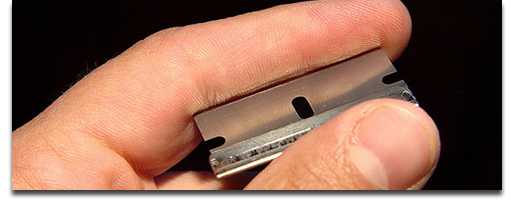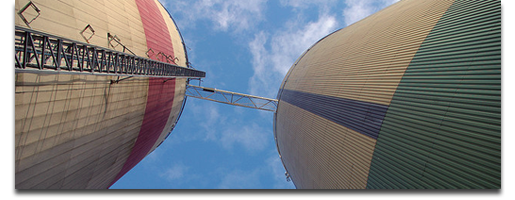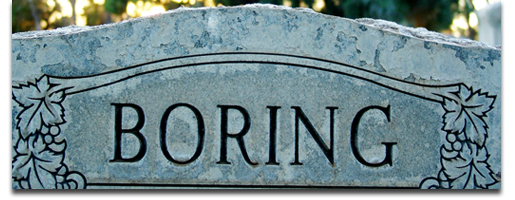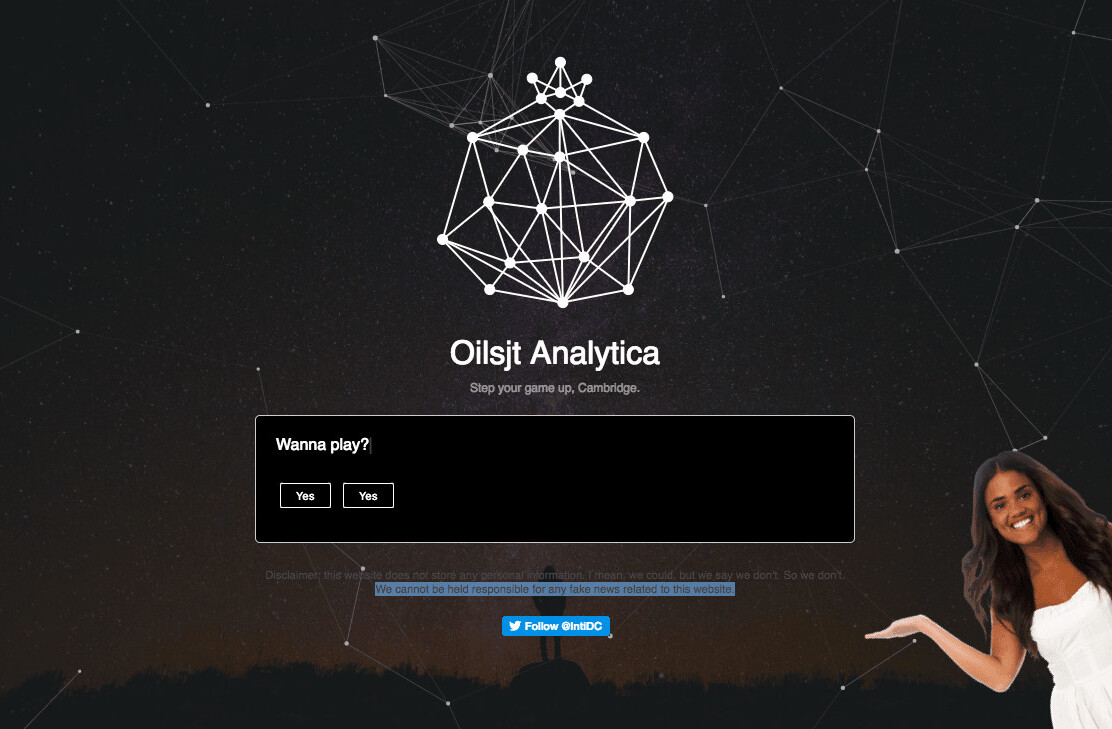
Webinars. Love ‘em or hate ‘em, chances are you’ve attended or presented one. Whether it’s to cut down on travel costs, or reach a truly global audience, the webinar is here to stay. But can you think of the last great webinar you attended? What made it stand out? What is the material covered, or the presenter? The graphics used, or the enthusiasm and responsiveness of fellow attendees? Either way, someone, somewhere got it right. But what about those other 99 webinars where you felt like you might as well take a nap? It’s entirely possible that the presenter fell victim to one (or more) of the common trappings of a snoozinar.
#1 Know your audience
This should go without saying, but you’d be amazed at the number of webinars where I wonder if the presenter isn’t simply shooting darts in the dark, hoping to come up with a bullseye. You can not know what motives and inspires each and every one of your participants, but you can have a general idea and focus.
Be clear about your message. What key point(s) do you want attendees to walk away with? Moreover, what exactly do you want them to do once the webinar has concluded, i.e. a Call to Action? Sure, a certain amount of tact is involved with this temperamental dance we call sales, but beating around the bush never got anyone ahead. You’re leading a presentation, be effective, be gregarious, and get to the point.
So how do you find out more about your audience? Every webinar process should begin with a sign up or registration page. This is your opportune moment to capture a plethora of data. In addition to the standard, who, what, where, when, don’t be afraid to ask participants what their business pains and problems are. How can your webinar directly address and solve one of these issues? If you identify a common theme between multiple participants, you’ve already got your answer about how to further craft your message. And remember, a webinar is no different than an in-person presentation, in respect to the fine balance between telling your attendees what they want to hear, and what you want to say.
#2 Razor dull

I’ll admit it, I’ve fallen prey to this one as well. Most people who are willing to present, either on stage or online, are communicators by definition. They have so many great things to share with you, that they want to fit “everything but the kitchen sink” into their limited time. Now while this might make for outstanding barroom stories, they make for tedious boardroom stories.
Remember, attendees of your webinar are bound by time as well. If not, they’d probably be on the next plane to hear/speak with you in person. Keep your eye on the prize, and deliver your talking points like bullet points. Conversation and discussion are encouraged (see below), but also take the time to self edit, and know when to reign a topic in. To be truly effective in your communication, you’re looking to deliver a message that will seep into attendee’s long-term memory, but delivered through short, memorable bits of short term memory blasts.
Depending on the length of your presentation, and what you hope to accomplish, you can appropriately select key talking points. If you’re presenting for 30 minutes, try starting out with 2-3 key points that you want your attendees to take away, and start fleshing out additional content to support these points.
And remember, as any good marketer will tell you, “Always Be Testing.” If you’re doing one webinar in the morning, and then the same webinar later that afternoon, what can you gather about the morning’s session that will help you further interact and engage with the afternoon session?
#3 It says a thousand words

Now here’s where the online and in person scenarios begin to diverge. When watching a presenter on stage, a vast majority of your time is focused on the presenter. Sure, you’re looking at the slides and information they are presenting, but you’re also watching the person.
When online, this visual is completely removed. So what’s a great presenter to do? Well, it might be the grand daddy of clichés, but in an online presentation, a picture really is worth a thousand words. What was the last infographic you checked out? Remember it well, I see? There’s a reason for this. According to John J. Medina’s Brain Rules; Vision trumps all other senses. So put the visuals to work for you!
When used appropriately, images evoke an emotion, and emotions can ultimately lead to decisions. Whether you get that Request for Proposal post-webinar can really come down to a single image used to fully clarify a point. Likewise, video is nothing more than a series of images presented in rapid fashion. Just because you’re “leading” a webinar, don’t be afraid to spotlight a short video (no longer that 30 seconds) during your presentation. A product example, or short use case can go a long way.
Can a simple flow chart or infographic help clarify and solve a potential client’s pain? Do your images directly, or indirectly, address these pains? Have you done an A/B series of testing of these images with someone not associated with you or your company, and see if they understand the message you’re trying to convey? Design counts. If your photoshop skills are a bit lacking, seek out a professional graphic designer, tell them the story you want to convey, and watch the visual magic happen.
#4 Is this thing on?

Building upon the usage of imagery in your online presentations, there’s a lot to be said for those “other” tools your webinar software package contains. Again, in an online presentation, you as a person, have effectively been removed from the equation. So if your attendees aren’t looking at you, and you don’t have a fancy graphic splashed up on the screen, how else can you make sure that your webinar isn’t a one sided conversation?
Interaction, or course! Any webinar software package worth it’s salt will include the following:
- Polls
- Q&A
- Chat
- Surveys
- Hand up indicators
By effectively using these communication and monitoring tools, you’re killing two birds with one stone. Obviously, you want to make sure that your audience is still alive and kicking, but at the same time, by opening the floor for interaction, you’ve immediately made your presentation far more memorable. As noted above, audio and visuals are one step towards making your presentation memorable. Toss in some, “By a show of hands, how many think that ….” And “If you had to name a brand that showcases XYZ….” you’ve taken your audience from attendee to participant. And as we all know, watching big wave surfing on ESPN is one thing, catching a killer wave on the North Shore is something completely different.
#5 In a silo

Hey, let’s face it; nerves can get the best of us all. If you don’t think that Steve Jobs takes a deep breath and slowly exhales just before going onstage, I’ve got a bridge I’d like to sell you. When we get nervous, a number of chemical reactions take place in the body, ultimately resulting in the classic, “My mind went blank.” One of the most common defenses against such an event, is to rely on a script or note cards. There’s absolutely nothing wrong with glancing down at a script or notes, provided that they only help to frame your discussion, not act as the presentation. Remember, it’s a presentation, not a reading.
Now that’s not to say that you should be approaching your webinar with an, “I just wing it,” attitude, as your audience will see this as unprepared and a waste of their time. The trick here is to keep those nerves under control, all the while presenting like this is something you’ve done everyday for the past 20 years.
Ultimately, you’re trying to convey your talking points in a clear and natural manner. If you’re simply reading a script, or showing an online slide show, you might as well cancel the webinar, record a video tour, slap it up on the YouTubes and call it a day. Attendees of your webinar aren’t looking to be spoken to, but rather, with. A golden rule: Authenticity is better than perfection.
#6 Ummmm

So ummm…have you ever seen a presenter that ummmm… likes to connect their thoughts through ummmm… Right. This is where we separate the true presenters from the hacks. Greats like Mr. Jobs and Mr. Gates are masters at this. Live or online, you’ll never hear either one of them mention the phrase “um” anywhere during their presentations. It’s a tricky habit to break, and I myself have done this a number of times.
Besides the prerequisite 10,000 hours of doing a task to master it, I’ve found the quickest and easiest way to overcome this vocal stumbling block is to put the word right in front of you. Whenever I do a live recording or webinar, I consciously put a Post-it note on the top of my monitor with the word “ummm…” on it. By doing so, I’m not actively trying to not say the word, but rather, have the word right in front of me so that I’m conscious not to use it. It takes some practice, but every time you find yourself on the verge of, or actually umming your audience to boredom, take a pause instead. You’re accomplishing the same goal, but have avoided droning a tone in your attendees’ ear that after the 12th repetition, they’re going to start counting. (Admit it, you’ve done it too).
Bonus Tip: It’s all in the timing

Studies have shown that your body rhythms naturally call for a recharge right around the 3pm mark. LBJ was famous for his midday “recharges”, and the concept of siesta has been around for thousands of years. So don’t just take my word for it, let history speak for itself.
Given this natural “dip” in your physical and mental stamina, do not schedule a webinar around this time. Sure, it may be 3PM in Vienna when you kick off your 9AM webinar, but you’re the presenter, and need to be on the top of your game. At the same token, avoid excessive intake of caffeinated beverages. You’re going to be naturally nervous, and an external injection of C8H10N4O2 running around in your central nervous system isn’t going to make you any calmer.
There may be no such thing as the “perfect” webinar or presentation, but that’s perfectly fine. As long as you’re constantly engaging your audience, soliciting for feedback, and applying it, and delivering authenticity over perfection, you’re sure to win your audience over.
Get the TNW newsletter
Get the most important tech news in your inbox each week.




